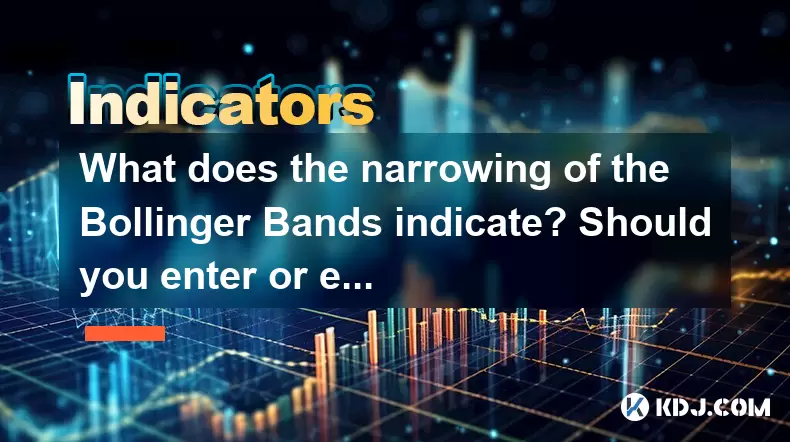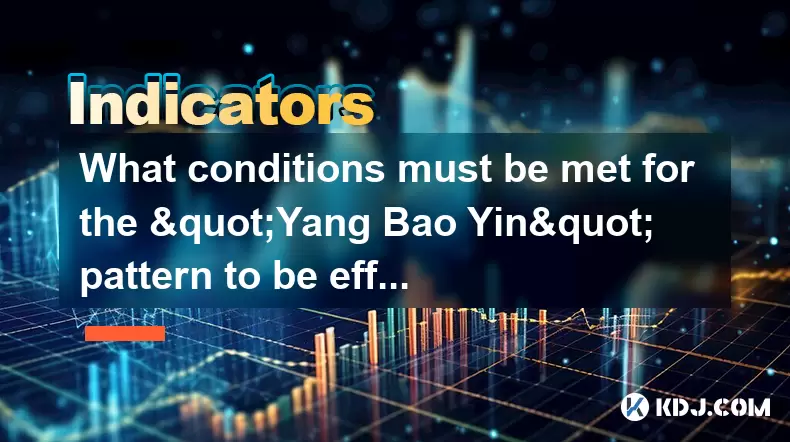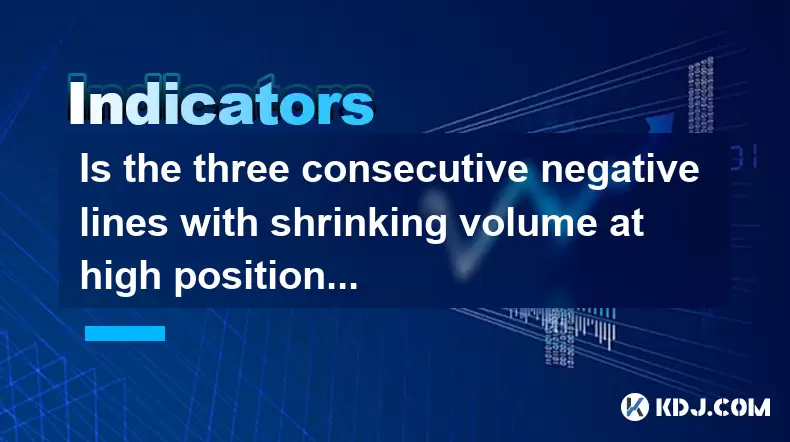-
 Bitcoin
Bitcoin $105,575.5012
1.85% -
 Ethereum
Ethereum $2,564.5217
3.74% -
 Tether USDt
Tether USDt $1.0004
-0.01% -
 XRP
XRP $2.1452
2.16% -
 BNB
BNB $652.0550
1.17% -
 Solana
Solana $147.1705
3.26% -
 USDC
USDC $1.0000
0.03% -
 Dogecoin
Dogecoin $0.1779
3.82% -
 TRON
TRON $0.2712
0.96% -
 Cardano
Cardano $0.6379
2.29% -
 Hyperliquid
Hyperliquid $41.7950
8.57% -
 Sui
Sui $3.0390
2.83% -
 Bitcoin Cash
Bitcoin Cash $444.7546
10.90% -
 Chainlink
Chainlink $13.3217
2.93% -
 UNUS SED LEO
UNUS SED LEO $9.0330
1.67% -
 Avalanche
Avalanche $19.2972
3.29% -
 Stellar
Stellar $0.2591
1.53% -
 Toncoin
Toncoin $3.0119
2.75% -
 Shiba Inu
Shiba Inu $0.0...01207
4.79% -
 Hedera
Hedera $0.1584
4.60% -
 Litecoin
Litecoin $86.1815
5.14% -
 Polkadot
Polkadot $3.8108
2.61% -
 Ethena USDe
Ethena USDe $1.0006
0.01% -
 Monero
Monero $309.5977
2.25% -
 Dai
Dai $1.0000
0.01% -
 Bitget Token
Bitget Token $4.5499
1.84% -
 Uniswap
Uniswap $7.5738
9.50% -
 Pepe
Pepe $0.0...01117
5.49% -
 Aave
Aave $289.1514
8.48% -
 Pi
Pi $0.5786
3.79%
What does the narrowing of the Bollinger Bands indicate? Should you enter or exit the market when it suddenly expands?
Narrowing Bollinger Bands signal low volatility and a potential breakout, guiding traders on when to enter or exit crypto positions.
Jun 09, 2025 at 08:22 pm

The Bollinger Bands are a popular technical analysis tool used by traders in the cryptocurrency market to assess volatility and potential price movements. Understanding the narrowing of the Bollinger Bands can provide valuable insights into market conditions and help traders make informed decisions about entering or exiting positions.
What are Bollinger Bands?
Bollinger Bands consist of three lines: the middle band, which is typically a simple moving average (SMA), and two outer bands that are standard deviations away from the middle band. The standard setting for Bollinger Bands is a 20-day SMA with the outer bands set at two standard deviations from the middle band. These bands expand and contract based on market volatility.
What Does the Narrowing of the Bollinger Bands Indicate?
The narrowing of the Bollinger Bands is often referred to as a Bollinger Band squeeze. This phenomenon occurs when the volatility in the market decreases, causing the upper and lower bands to move closer together. A narrowing of the Bollinger Bands typically indicates that the market is in a period of consolidation and that a significant price move may be imminent.
When the Bollinger Bands narrow, it suggests that the market is experiencing low volatility. This low volatility period can be a precursor to a breakout, where the price breaks out of the narrow range and moves significantly in one direction. Traders often watch for this squeeze as a signal to prepare for potential trading opportunities.
Should You Enter or Exit the Market When Bollinger Bands Suddenly Expand?
When the Bollinger Bands suddenly expand, it indicates an increase in market volatility. This expansion can be a signal that a significant price move has occurred or is about to occur. The direction of the price move depends on various factors, including market sentiment and other technical indicators.
Entering the market when the Bollinger Bands expand can be a strategy for traders looking to capitalize on the increased volatility. If the price breaks out to the upside, traders might consider entering a long position, expecting further upward movement. Conversely, if the price breaks out to the downside, traders might enter a short position, anticipating further declines.
Exiting the market when the Bollinger Bands expand can also be a valid strategy, especially for traders who are already in a position. If the price moves significantly away from the entry point, it might be prudent to take profits or cut losses, depending on the direction of the price move and the trader's risk management strategy.
How to Identify a Bollinger Band Squeeze and Expansion
To effectively use Bollinger Bands, traders need to be able to identify when the bands are narrowing and when they are expanding. Here are the steps to follow:
- Monitor the Bollinger Bands on your chosen trading platform. Most platforms that offer technical analysis tools will include Bollinger Bands as an option.
- Observe the distance between the upper and lower bands. A narrowing of this distance indicates a squeeze, while an expansion indicates increased volatility.
- Use additional indicators to confirm the squeeze or expansion. Indicators like the Relative Strength Index (RSI) or the Moving Average Convergence Divergence (MACD) can provide further confirmation of potential price movements.
- Watch for price action. A breakout from the Bollinger Bands can signal the beginning of a significant price move.
Strategies for Trading Bollinger Band Squeezes and Expansions
Traders can employ various strategies when dealing with Bollinger Band squeezes and expansions. Here are some common approaches:
- Breakout Strategy: When the Bollinger Bands are narrow, traders can prepare for a potential breakout. Once the price breaks above the upper band or below the lower band, traders can enter a position in the direction of the breakout.
- Reversion to the Mean Strategy: After a significant expansion of the Bollinger Bands, traders might anticipate a reversion to the mean. If the price moves far away from the middle band, it could eventually return to the middle band, providing trading opportunities.
- Volatility Breakout Strategy: Traders can use the expansion of the Bollinger Bands to identify periods of high volatility. By entering trades during these periods, traders can potentially profit from large price swings.
Risk Management When Trading Bollinger Bands
Effective risk management is crucial when trading based on Bollinger Bands. Here are some key considerations:
- Set Stop-Loss Orders: Always use stop-loss orders to limit potential losses. The placement of the stop-loss should be based on the volatility indicated by the Bollinger Bands.
- Position Sizing: Adjust your position size according to the volatility of the market. During periods of high volatility, smaller positions may be more appropriate to manage risk.
- Diversify: Do not rely solely on Bollinger Bands for trading decisions. Use other technical indicators and fundamental analysis to confirm your trading strategies.
Practical Example of Trading with Bollinger Bands
Let's consider a practical example of how a trader might use Bollinger Bands to make trading decisions in the cryptocurrency market. Suppose a trader is monitoring the price of Bitcoin (BTC) and notices that the Bollinger Bands are narrowing, indicating a potential squeeze.
- Step 1: The trader observes that the Bollinger Bands are narrowing, suggesting low volatility and a potential upcoming breakout.
- Step 2: The trader uses additional indicators, such as the RSI, to confirm that the market is indeed consolidating and that a significant move might be imminent.
- Step 3: The trader prepares to enter a position once a breakout occurs. If the price breaks above the upper Bollinger Band, the trader might enter a long position. If the price breaks below the lower Bollinger Band, the trader might enter a short position.
- Step 4: Once the breakout occurs, the trader enters the position and sets a stop-loss order to manage risk.
- Step 5: The trader monitors the position and the Bollinger Bands. If the bands expand significantly, the trader might consider taking profits or adjusting the stop-loss order based on the new volatility levels.
Frequently Asked Questions
Q: Can Bollinger Bands be used on any timeframe?
A: Yes, Bollinger Bands can be applied to any timeframe, from one-minute charts to daily or weekly charts. The choice of timeframe depends on the trader's strategy and trading style.
Q: How do Bollinger Bands differ from other volatility indicators?
A: Bollinger Bands are unique because they not only measure volatility but also provide dynamic support and resistance levels. Other volatility indicators, like the Average True Range (ATR), focus solely on measuring the range of price movements.
Q: Are Bollinger Bands effective in all market conditions?
A: Bollinger Bands are most effective in trending markets and during periods of consolidation. In highly volatile or erratic markets, other indicators might be more reliable.
Q: Can Bollinger Bands be used for all cryptocurrencies?
A: Yes, Bollinger Bands can be applied to any cryptocurrency. However, the effectiveness of the indicator may vary depending on the liquidity and trading volume of the specific cryptocurrency.
Disclaimer:info@kdj.com
The information provided is not trading advice. kdj.com does not assume any responsibility for any investments made based on the information provided in this article. Cryptocurrencies are highly volatile and it is highly recommended that you invest with caution after thorough research!
If you believe that the content used on this website infringes your copyright, please contact us immediately (info@kdj.com) and we will delete it promptly.
- Trezor Has Officially Integrated 1inch Fusion Into Its Trezor Suite
- 2025-06-14 10:20:12
- Pi Network's Token (PI) Forms Bullish "Double Bottom" Pattern, Setting the Stage for a Short Squeeze
- 2025-06-14 10:20:12
- Trezor Has Officially Integrated 1inch Fusion
- 2025-06-14 10:15:24
- In a Bifurcated Crypto Market, Both Legacy Projects and Emerging Infrastructures Are Offering Compelling Narratives
- 2025-06-14 10:15:24
- Shiba Inu (SHIB) token burn portal is live on Shibarium
- 2025-06-14 10:14:09
- Solana (SOL) price up 4.3% as open interest nears all-time highs, spot ETF approval odds jump to 91%
- 2025-06-14 10:14:09
Related knowledge

How to calculate the probability of trend continuation after the MACD column divergence?
Jun 14,2025 at 08:01am
Understanding MACD Column DivergenceThe Moving Average Convergence Divergence (MACD) is a widely used technical indicator in cryptocurrency trading. The MACD column, also known as the histogram, represents the difference between the MACD line and the signal line. When price makes a new high or low but the MACD histogram does not confirm this movement, a...

What are the volume requirements for adjusting the K line in the "rising three methods" pattern?
Jun 14,2025 at 07:50am
Understanding the 'Rising Three Methods' Pattern in Cryptocurrency TradingThe 'rising three methods' pattern is a bullish continuation candlestick formation that traders often use to identify potential upward momentum in cryptocurrency price charts. This pattern typically appears during an uptrend and suggests that the trend is likely to continue after ...

What conditions must be met for the "Yang Bao Yin" pattern to be effective?
Jun 14,2025 at 06:42am
Understanding the 'Yang Bao Yin' Pattern in Cryptocurrency TradingThe Yang Bao Yin pattern is a candlestick formation commonly observed in technical analysis within the cryptocurrency market. This pattern typically signals a potential bullish reversal after a downtrend. However, for this pattern to be effective and reliable, certain conditions must be m...

Is the three consecutive negative lines with shrinking volume at high positions a signal that the main force has finished shipping?
Jun 14,2025 at 09:56am
Understanding the Concept of Three Consecutive Negative LinesIn cryptocurrency trading, three consecutive negative lines refer to a situation where an asset's price chart shows three successive candlesticks with closing prices lower than their opening prices. This pattern typically indicates bearish sentiment in the market. When this occurs at high posi...

Is it an opportunity for the long positive line with large volume to break through the platform and then shrink back?
Jun 14,2025 at 04:42am
Understanding the Long Positive Line with Large VolumeIn technical analysis, a long positive line refers to a candlestick pattern where the closing price is significantly higher than the opening price, often indicating strong buying pressure. When this occurs alongside large volume, it suggests that market participants are actively involved in pushing t...

How to grasp the 60-minute KD oversold + 15-minute bottom divergence?
Jun 14,2025 at 06:15am
Understanding the 60-Minute KD Oversold SignalThe KD indicator, also known as the Stochastic Oscillator, is a momentum oscillator that compares a particular closing price of a cryptocurrency to its price range over a given time period. When analyzing 60-minute charts, traders often look for oversold conditions in the KD line, which typically occur when ...

How to calculate the probability of trend continuation after the MACD column divergence?
Jun 14,2025 at 08:01am
Understanding MACD Column DivergenceThe Moving Average Convergence Divergence (MACD) is a widely used technical indicator in cryptocurrency trading. The MACD column, also known as the histogram, represents the difference between the MACD line and the signal line. When price makes a new high or low but the MACD histogram does not confirm this movement, a...

What are the volume requirements for adjusting the K line in the "rising three methods" pattern?
Jun 14,2025 at 07:50am
Understanding the 'Rising Three Methods' Pattern in Cryptocurrency TradingThe 'rising three methods' pattern is a bullish continuation candlestick formation that traders often use to identify potential upward momentum in cryptocurrency price charts. This pattern typically appears during an uptrend and suggests that the trend is likely to continue after ...

What conditions must be met for the "Yang Bao Yin" pattern to be effective?
Jun 14,2025 at 06:42am
Understanding the 'Yang Bao Yin' Pattern in Cryptocurrency TradingThe Yang Bao Yin pattern is a candlestick formation commonly observed in technical analysis within the cryptocurrency market. This pattern typically signals a potential bullish reversal after a downtrend. However, for this pattern to be effective and reliable, certain conditions must be m...

Is the three consecutive negative lines with shrinking volume at high positions a signal that the main force has finished shipping?
Jun 14,2025 at 09:56am
Understanding the Concept of Three Consecutive Negative LinesIn cryptocurrency trading, three consecutive negative lines refer to a situation where an asset's price chart shows three successive candlesticks with closing prices lower than their opening prices. This pattern typically indicates bearish sentiment in the market. When this occurs at high posi...

Is it an opportunity for the long positive line with large volume to break through the platform and then shrink back?
Jun 14,2025 at 04:42am
Understanding the Long Positive Line with Large VolumeIn technical analysis, a long positive line refers to a candlestick pattern where the closing price is significantly higher than the opening price, often indicating strong buying pressure. When this occurs alongside large volume, it suggests that market participants are actively involved in pushing t...

How to grasp the 60-minute KD oversold + 15-minute bottom divergence?
Jun 14,2025 at 06:15am
Understanding the 60-Minute KD Oversold SignalThe KD indicator, also known as the Stochastic Oscillator, is a momentum oscillator that compares a particular closing price of a cryptocurrency to its price range over a given time period. When analyzing 60-minute charts, traders often look for oversold conditions in the KD line, which typically occur when ...
See all articles

























































































